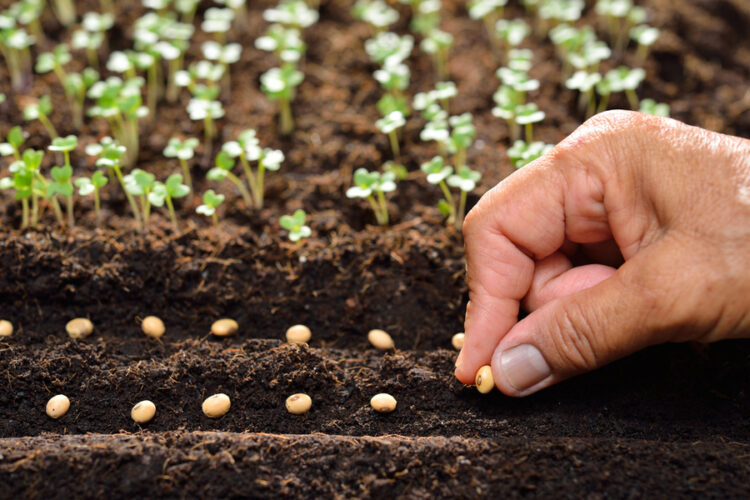Seed saving is the practice of collecting and preserving seeds from plants for use in future growing seasons. Seed saving has been practiced for thousands of years by farmers, gardeners, and indigenous communities around the world. Enthusiasts say this practice is important for preserving genetic diversity and maintaining the sustainability of our food systems.
For small farmers, there are many benefits to seed saving. When we save seeds from different varieties of plants, we are preserving their unique traits and characteristics. This helps to maintain the biodiversity of our food systems and protect against the loss of genetic information that can occur with the use of hybrid and genetically modified seeds. Another benefit of seed saving is that it is a sustainable practice.
When we save seeds, we are reducing our reliance on the commercial seed industry, which is often controlled by a small number of large corporations. Seed saving can therefore help to support local food systems and promote the use of open pollinated and heirloom seeds, which are often better adapted to local growing conditions. There are several different techniques for seed saving, each of which is suited to different types of plants and seeds. Here are some of the most common techniques.
Dry Seed Saving
This technique is used for seeds that are produced in dry pods or fruits, such as peas, beans, and lettuce. To save these seeds, allow the pods or fruits to dry on the plant before harvesting. Once the seeds are fully dry, remove them from the plant and store them in a cool, dry place.
Wet Seed Saving
This technique is used for seeds that are produced in fleshy fruits, such as tomatoes and cucumbers. To save these seeds, remove the seeds from the fruit and soak them in water for several days to allow the gel-like substance that coats the seed to break down. Once the seeds have been cleaned, dry them on a paper towel before storing.
Fermentation
This technique is used for seeds that are produced in fruits with high water content, such as peppers and melons. To save these seeds, remove the seeds from the fruit and place them in a jar with some water. Allow the mixture to ferment for several days, stirring occasionally, until the seeds sink to the bottom. Drain off the water and clean the seeds before drying and storing. For species that release their seeds from their flowers, such as onions and carrots, you will have to allow at least one plant to live an entire life cycle. Set aside a few plants at the end of the bed for this purpose, as you will have harvested the rest of the crop long before. This means that you can use the rest of the bed for a new planting. Allow the plants to flower and allow the flower to mature and dry out completely before cutting it off. Over a container pull the flower to pieces, allowing the seeds to fall into the tub. Remove any remaining flower parts, bag the seed and label. If the flower was cut at the right time, the seed should be dry already.
Choose the right plants: Not all plants are suitable for seed saving. Choose plants that are open pollinated or heirloom varieties, as these are more likely to produce seeds that are true to type.
Know your plants: Different plants produce seeds in different ways, so it’s important to know how your plants produce seeds and which technique is best for saving those seeds.
Plan ahead: Make sure to leave some of your plants to go to seed, rather than harvesting all of the fruits or pods. This will ensure that you have a good supply of seeds for future growing seasons. Storing your seeds is a most important aspect of seed preservation. Store them on a dry, warm day. Keep them in a cool dry place. Store the seeds in an envelope or resealable plastic bag. Some seed savers use small glass jars, pill boxes or plastic containers. Others avoid plastic altogether. Make sure that there are no insects among the seeds. The container should be sealed to keep moisture, rodents and insects out. Label it with as much detail as you can, particularly if you want to swap some of your seeds.
If this is the case, it would also be helpful if you could include a photo of the plant and its produce. Seed swapping is also part of the saving process, and is growing in popularity in South Africa, having been practiced with enthusiasm in other countries for many years. Here, seed savers gather periodically with their “produce” which they will swop with other savers or sell to the public.
In this way they expand their own plantings with new species, or new varieties, while giving others the same ability. Seed swapping is also an excellent opportunity for gardeners to exchange information, share tips and meet new people. In some cases clubs exist that hold regular seed swapping days. Some are online and on Facebook


Thanks, great article. Very useful!